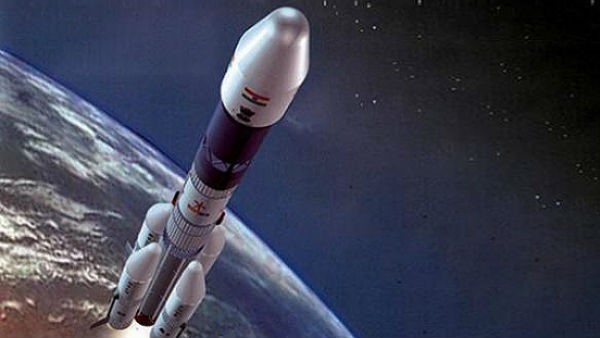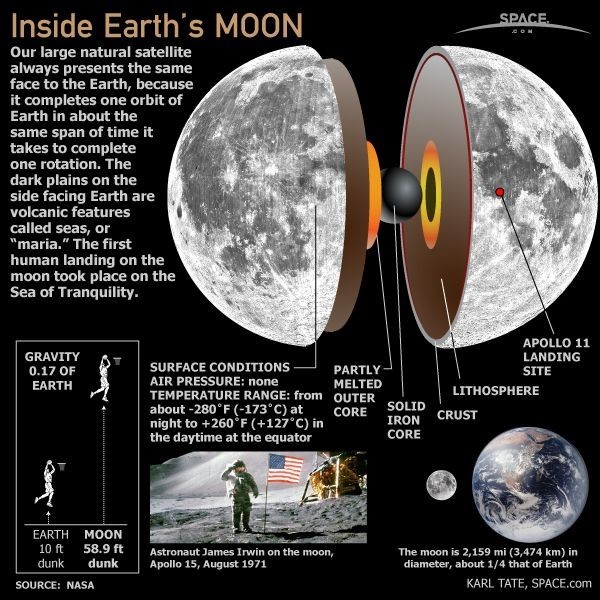Free Courses Sale ends Soon, Get It Now


Free Courses Sale ends Soon, Get It Now



Disclaimer: Copyright infringement not intended.
Context
Chandrayaan 3
Further Details
Why exploring the Moon is imperative?
Why Lunar South Pole of the Moon is targeted for exploration?

Launch Vehicle Mark 3 (LVM3)
|
PRACTICE QUESTION Q) What are the Mission objectives of Chandrayaan 3? Describe. Why exploring the Moon is imperative? |
© 2024 iasgyan. All right reserved